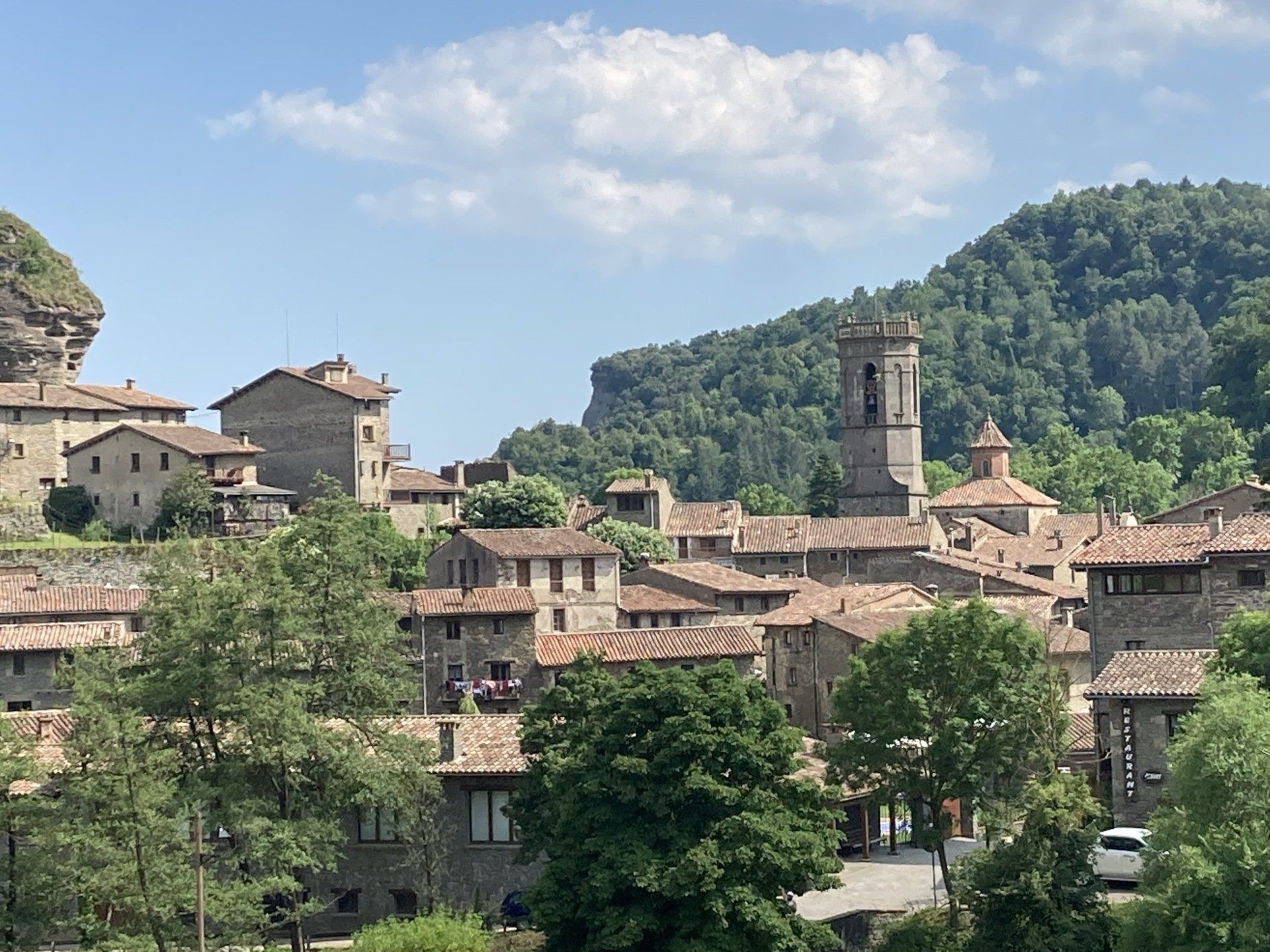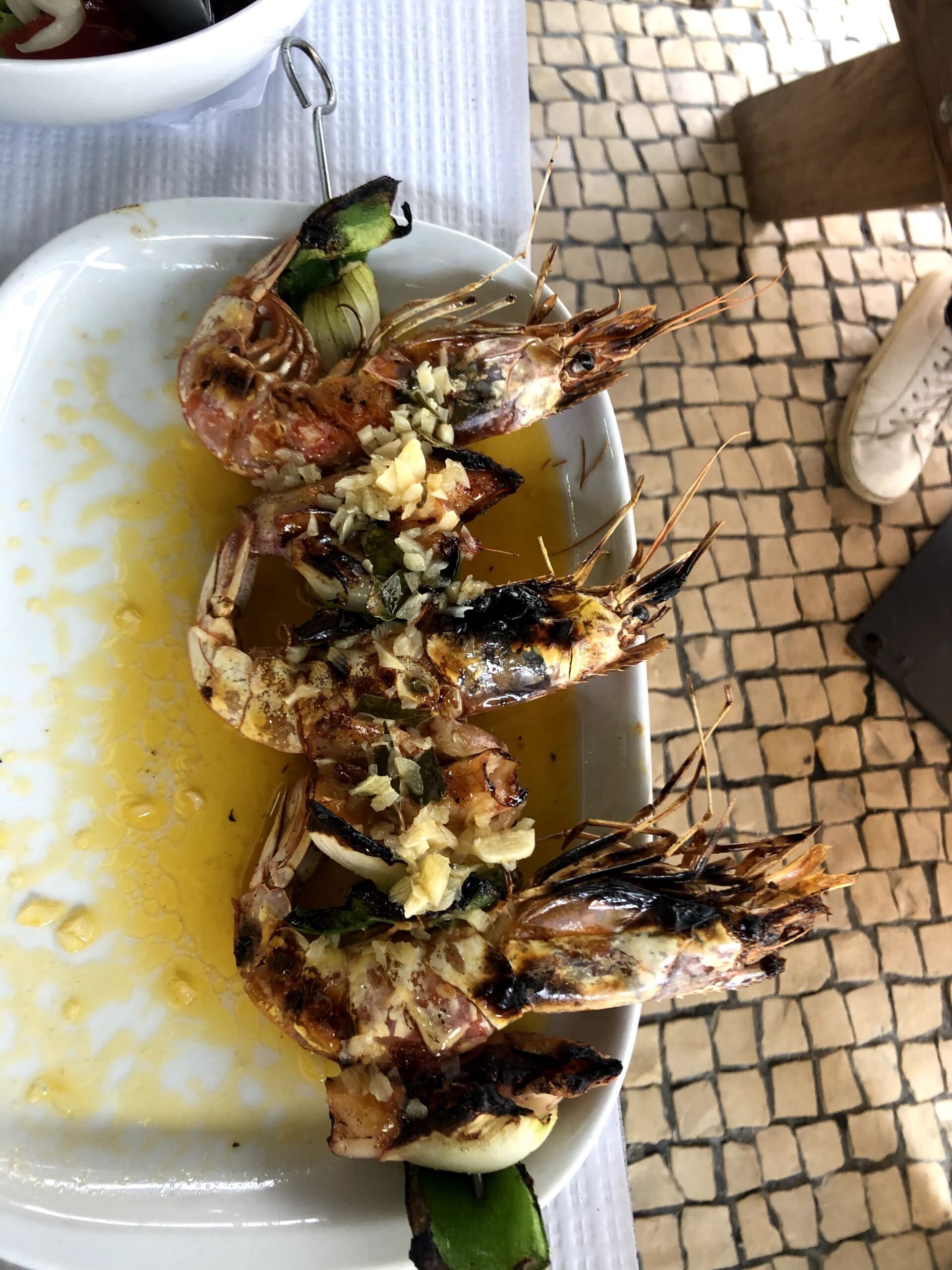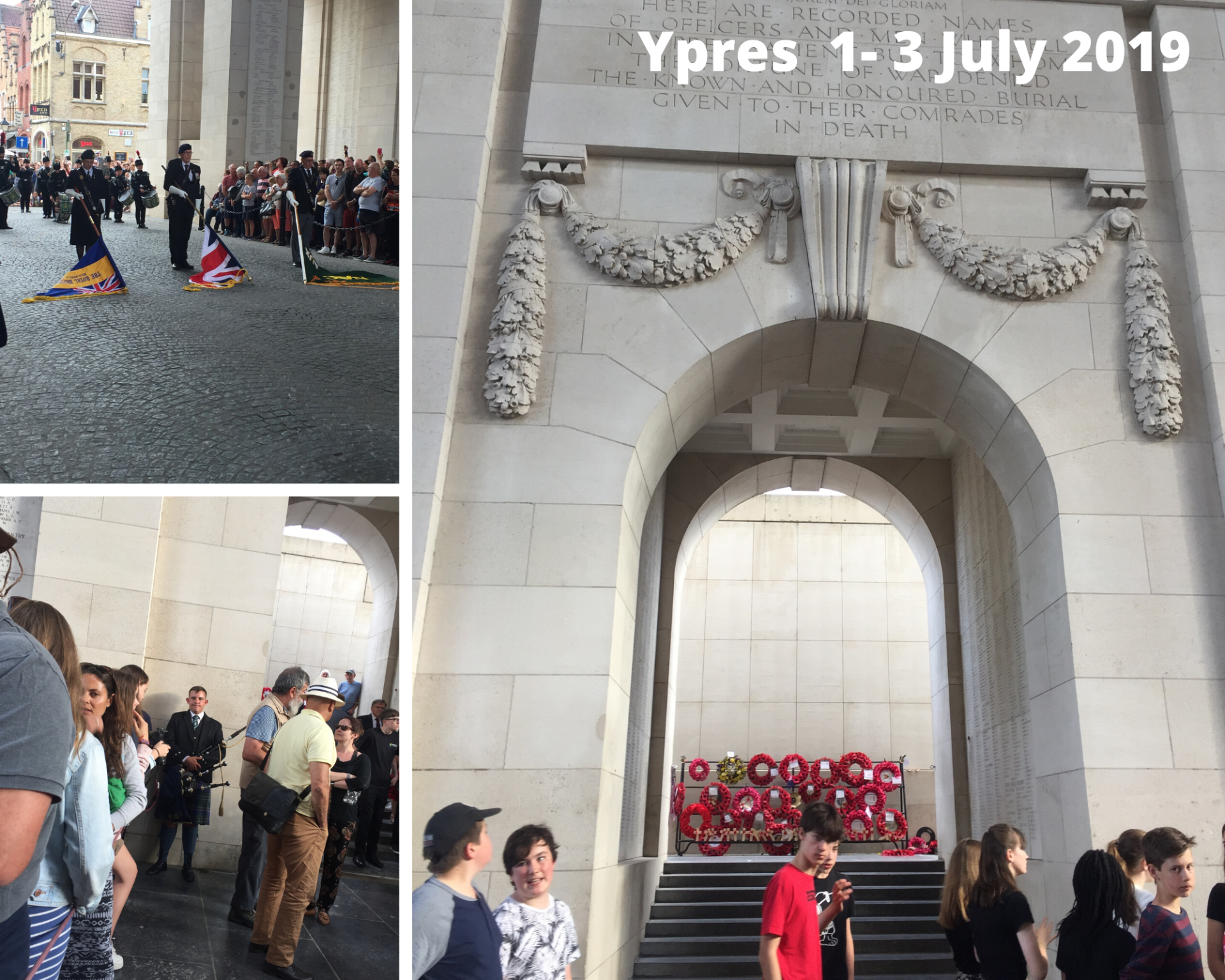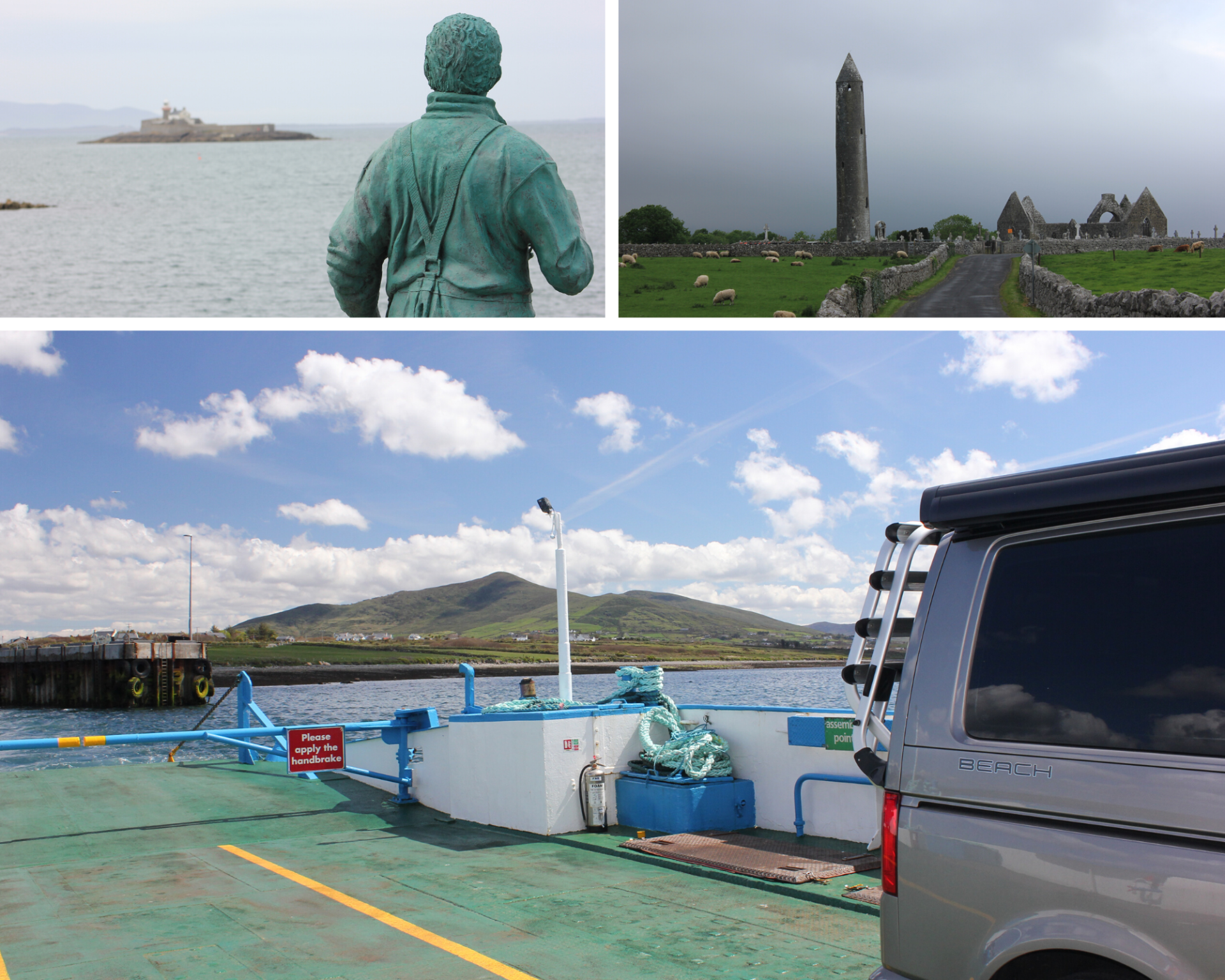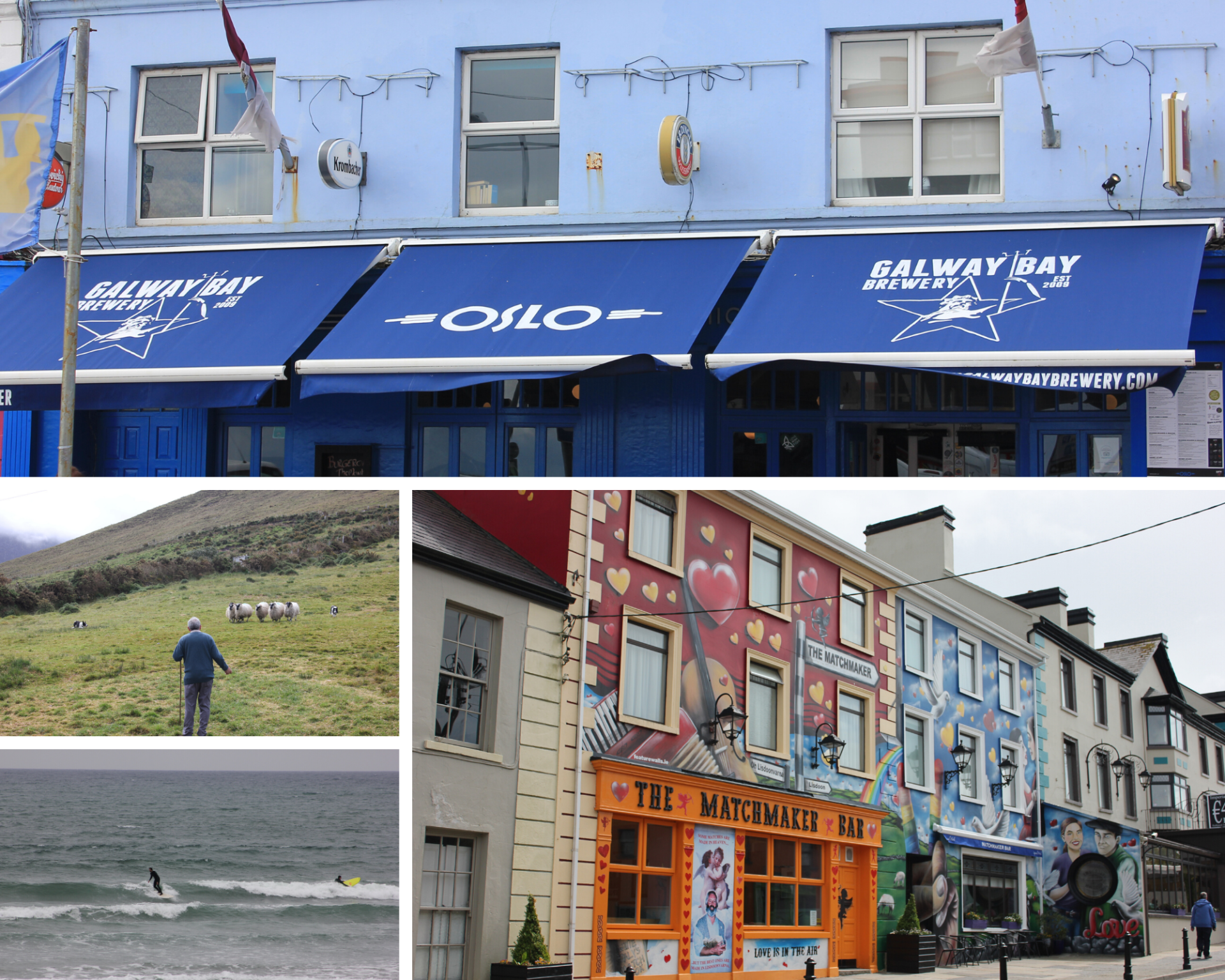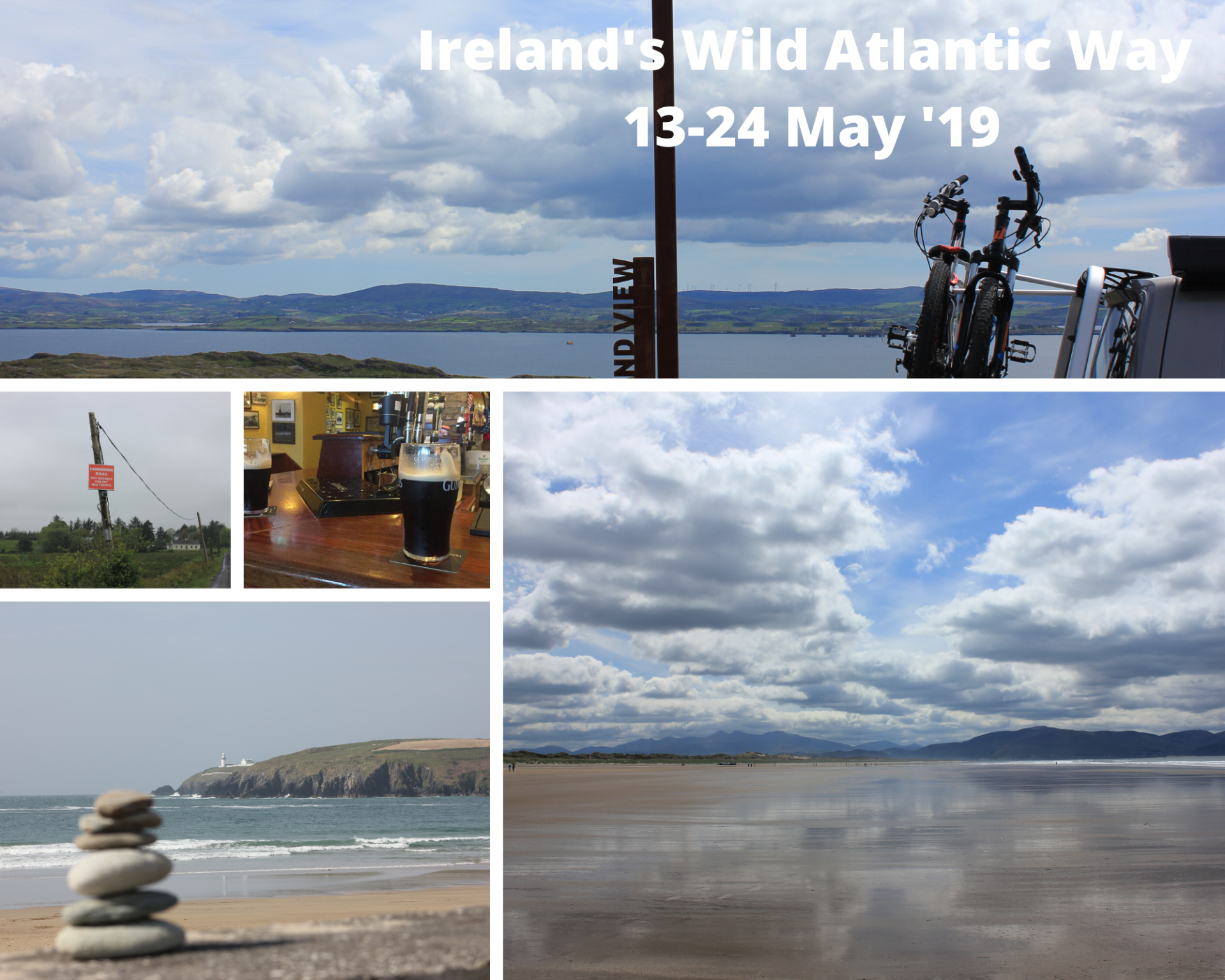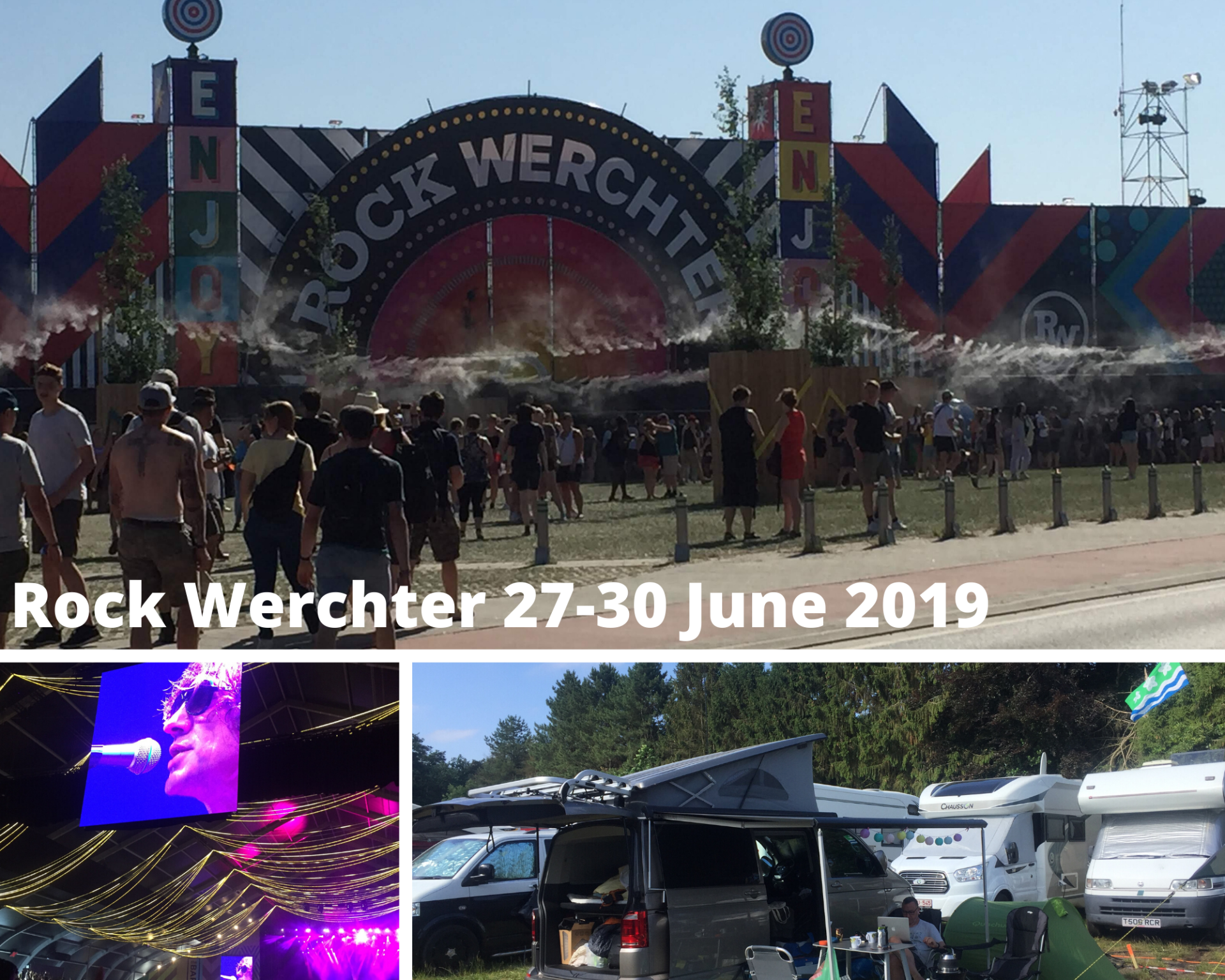Wild Atlantic Way Part 2
This is the second part of a blog detailing our adventures on part of Ireland’s Wild Atlantic Way, exploring the topic of microbreweries along the way, and the occasional sampling of what they had to offer…it would be rude not to!
Gaillimh (Galway)
And so back to the beer! Although Galway Hooker is now brewed in Oranmore it started off in 2006 as the creation of two cousins from Athenry. Named after the traditional Galway Bay sail boats that were mainly used for fishing and carrying cargo between the Aran Islands and the mainland. Their award-winning original brew was their Irish Pale Ale but over the years they've added a stout, an amber lager and an India Pale Ale to their range, as well as some seasonal and limited series beers.
Also in Galway is the Galway Bay Brewery which has grown impressively since its birth in Salthill with the Oslo brew pub. These guys have a very wide range of beers and are constantly bringing out new limited edition brews. They have expanded into the brewpub market and now own 12 pubs around the country, in Belfast, Dublin, Limerick and, of course, Galway. These beer-lovers' meccas all have an impressive range of domestic and imported craft beers, both on tap and in bottles. If you don't know where to begin, the very knowledgeable staff are only too happy to help you choose a beer to suit your palate.
At this stage it has become clear that we'll just have to return again to finish our research - if indeed it can ever be finished!
Connemara
Driving west through the wilds of Connemara and its Gaeltacht we eventually made it to Clifden. Next stop: Boston - the destination of many an emigrant from Co. Galway since the time of The Great Hunger of 1845-1850. The first ever non-stop transatlantic flight which started in Newfoundland landed here in 1919 and so to mark the centenary the local Bridewell Brewery brought out two limited edition bottled beers, Transatlantic Brown and Transatlantic Gold (fairly self-explanatory, right?). Their regular brews are a red ale, a blonde and a kölsch-style lager. The brewery began operating in 2016 and takes its name from the Bridewell jail that used to stand next to where the brewery is today. A brewery is so much more positive than a jail!
Achill
It was around about this time that we received the news that our Cork-Santander return ferry had been cancelled due to "operational reasons"! Without going into the details it meant a change of itinerary and sailing from Dublin to Cherbourg instead. Turns out we were going to get to enjoy some of those lovely sights of France after all, whether we wanted to or not!
Just one more stop before leaving the WAW though: Achill Island in Co. Mayo. We had hoped to have a few pints from the Achill Island Brewery but sadly it is no longer in operation. Since 2010 close to 50 craft breweries have burst onto the scene in a market where before there was only a small handful. It comes as no surprise that not all of them survive long term and it'll be a case of survival of the fittest. Instead we satisfied our thirst with some pints of Chieftain Pale Ale from the Franciscan Well Brewery in Cork city. This was one of the original craft breweries back in the 1990s but they have since been bought out by Molson Coors; possibly a sign of things to come as the heavy hitters in the industry try to limit their losses in the changing beer market by simply buying up the smaller competition. Others have started brewing "craft" beers of their own so as not to miss out. There have also been instances of the multinational breweries offering incentives such as cash or free kegs to pubs in exchange for them removing craft beers from their stock, or not stocking them in the first place.
Lisdoonvarna
With the change in our ferry plans we had a little extra time on our hands so we decided to use it wisely and headed back to Clare to take care of some unfinished business. Lisdoonvarna is famous for a matchmaking festival - celebrated in song even - but in recent years it has been attracting attention for the Burren Brewery. This place had been on our list but with time against us we didn't make it when we passed this way the first time. We were happy to set the record straight! Family owned since 1893, The Roadside Tavern expanded in 2011 to house the Burren Brewery where they brew three beers: Burren Black, Burren Red and Burren Gold. No explanations needed here! They also have a bakery and a smokehouse for smoking fish.
We'll be back!
And so comes to an end our way-too-short tour of the Wild Atlantic Way and its craft beers - for now! A wonderful few weeks with great scenery, people, food and drink, and we barely scratched the surface. Very much looking forward to returning in future to finish the northern sections of this fantastic coastal route.
Slán go fóill!
Share this post
